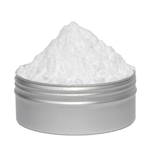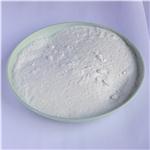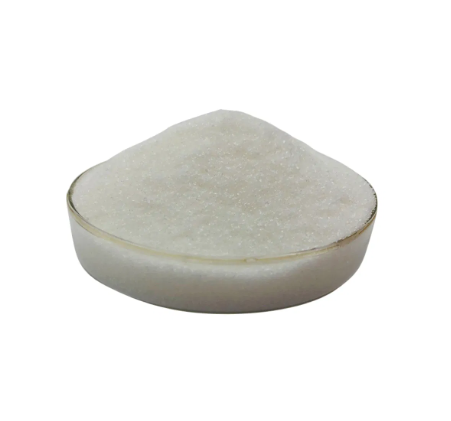2-Phenylacetamide: Overview and Pharmacological Activities
General Description
The dry, mature seeds of Lepidium apetalum Willd (LA), which belong to the Brassicaceae family, have been used to relieve coughs, prevent asthma, reduce edema and promote urination in traditional Chinese medicine (TCM). Oils, flavonoids, sterols and cardiac glycosides are contained in the seeds of L. apetalum Willd. In addition, it shows anti-oxidant, antibacterial and cardiac activities. Clinical research suggests that it can be used for heart failure, pigmentation and oral cancer. 2-Phenylacetamide (PA), a naturally occurring compound found in LA seeds, demonstrates significant pharmacological potential. In addition, the content of PA was the highest in LA.

Pharmacological Activities
As the major parent nucleus, PA is a key pharmaceutical intermediate of atenolol and penicillin. Studies have shown that atenolol has beneficial effects on renal function by improving glomerular filtration rate, effective renal plasma flow and total renal resistance[1]. Meanwhile, the neurotransmitter dopamine, which uses PA as its parent nucleus, could regulate fbronectin and collagen I to bufer renal injury. These studies showed that similar structural compounds of PA could improve renal fibrosis in nephropathy, suggesting that PA, as the basic mother nucleus, may have a potential protective effect on renal injury. Meanwhile, PA has a small molecular weight, easy to prepare and obtain, and has a strong druggability. Previous studies in vivo have confirmed that PA showed an antihypertensive effect and also improved hypertension-induced myocardial damage. In addition, PA analogue cis-desulfoglucotropaeolin and trans-desulfoglucotropaeolin may play a role in the treatment of kidney injury and other diseases (including nephritis, renal fbrosis and hypertension).
PA reduced the BP, RAAS, infammation and cytokines, promoted the urine, and relieved renal pathological injury and collagen deposition, repaired renal fbrosis, decreased the expression of NADPH Oxidase 4 (NOX4), trans‑ forming growth factor-β (TGF-β), SMAD3 and MAPK signaling pathway in SHR rats. Meanwhile, the role of PA could be blocked by p38 antagonist SB203580 effectively in the high NaCl-induced NRK52e cells. Moreover, molecular docking indicated that PA occupied the ligand binding sites of p38 MAPK. PA inhibited renal fbrosis via MAPK signalling pathway mediated RAAS and oxidative stress in SHR Rats.
Research
Zheng et al. found that LA and PA could promote the proliferation of MCF-7 cells. The mouse uterine weight test showed that LA and PA could increase the uterus index of immature female mice and the levels of luteinizing hormone (LH) and estrogen (E2). LA could increase the expression of ERα and ERβ, while PA could increase the expression of ERα, ERβ and GPR30 in the uterus and MCF-7 cells. In addition, co-incubation of the estrogen receptor blocker with LA or PA abolished the inductive effect of the proliferation. PA has estrogenic activities and was the material basis of LA that played the estrogenic effect. LA and PA might be used for the treatment of perimenopause syndrome in a novel application[2].
References:
[1] MENGNAN ZENG. 2-Phenylacetamide Isolated from the Seeds of Lepidium apetalum and Its Estrogen-Like Effects In Vitro and In Vivo.[J]. ACS Applied Energy Materials, 2018. DOI:10.3390/molecules23092293.[2] PEI-PEI YUAN. 2-phenylacetamide Separated from the seed of Lepidium apetalum Willd. inhibited renal fibrosis via MAPK pathway mediated RAAS and oxidative stress in SHR Rats.[J]. BMC Complementary Medicine and Therapies, 2023, 23 1. DOI:10.1186/s12906-023-04012-w.
See also
Lastest Price from 2-Phenylacetamide manufacturers

US $50.00-10.00/kg2025-10-31
- CAS:
- 103-81-1
- Min. Order:
- 1kg
- Purity:
- 98%
- Supply Ability:
- 300tons

US $1.00/KG2025-04-21
- CAS:
- 103-81-1
- Min. Order:
- 1KG
- Purity:
- 99%
- Supply Ability:
- 10 mt


